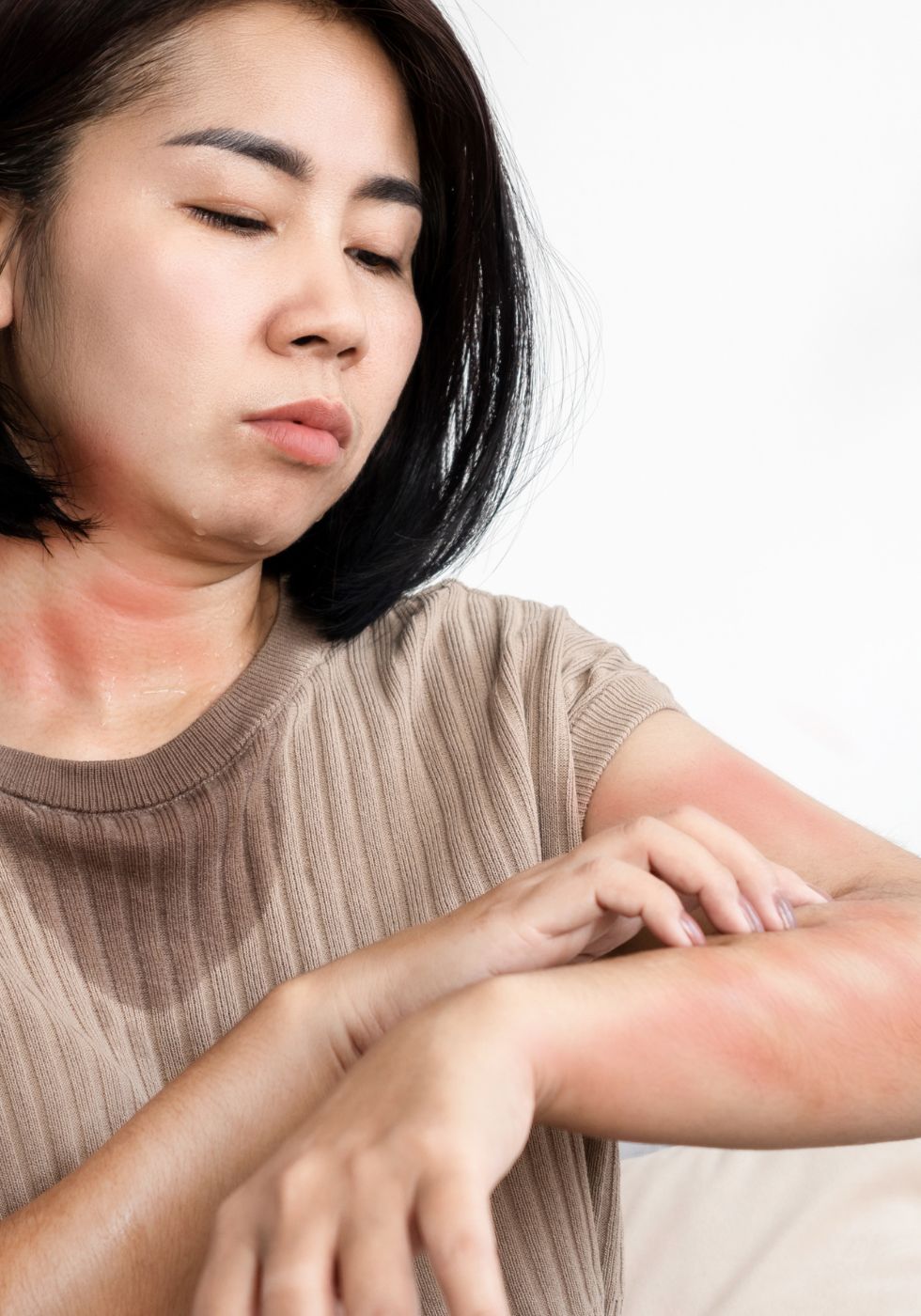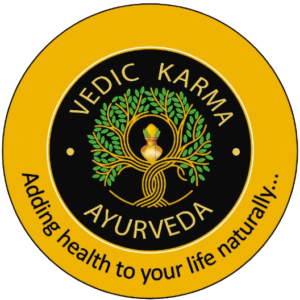Psoriasis
Is a T-cell mediated, autoimmune disease which is inflammatory and hyperplastic disease of skin and characterized by erythema and elevated scaly plaques. It is chronic and relapsing condition and the course of disease often unpredictable.
COMMON TRIGGER FACTORS FOR PSORIASIS
- Infections (streptococcal, viral)
- Skin trauma
- Psychological stress
- Drugs (e.g. lithium, beta blockers)
- Sunburn
- Metabolic factors (e.g. calcium deficiency)
- Hormonal factors (e.g. pregnancy)
- We strive to bring out the best
- Beauty & glam can be perfect
- Brings out the best in you
- Live every moment beauty

Lesions are:
- Well-defined and sharply demarcated
- Round/oval-shaped lesions
- Usually symmetrical
- Erythematous, raised plaques
- Covered by white, silvery scales
- Can affect any part of the body- typically scalp, elbow, knees and sacrum
Types of psoriasis:
- CHRONIC PLAQUE PSORIASIS: It is most common type – affects approximately 85%. Lesions are pink, well – defined plaques with silvery scale. Lesions may be single or numerous. Plaque may involve large areas of skin. Classically affects elbows, knees, buttocks and scalp.
- GUTTATE PSORIASIS, lesions are numerous and small- 1cm approx. lesions are pink with less scale than plaque psoriasis, Commonly found on trunk and proximal limbs.
- FLEXURAL PSORIASIS; Lesions are found in skin folds articulary groin, gluteal cleft, axillae and sub-mammary Regions, Often minimal or absent scaling.
- ERYTHRODERMIC PSORIASIS, here generalized erythema covers entire skin surface It may evolve slowly from chronic plaque psoriasis or appear as eruptive phenomenon. Patients may become febrile, hypo/hyperthermic and dehydrated.
PUSTULAR PSORIASIS It has two forms:
- Localized Form, this is more common and is presented as deep-seated lesions with multiple small pustules on palms and soles
- Generalized Form, it is uncommon associated with fever and widespread pustules across the body with inflamed body surface
- PALMOPLANTAR PSORIASIS; It can be hyperkeratotic or pustular, may mimic dermatitis. It gets aggravated by trauma
- SCALP PSORIASIS, It varies from minor scaling with erythema to thick hyperkeratotic plaques and may extend beyond hairline. Patient scratching may produce asymmetric plaques
- NAIL PSORIOSIS can accompany any type of psoriasis. It can take several forms:
- Pitting: discrete, well-circumscribed depressions on nail surface
- Subungual hyperkeratosis: silvery white crusting under free edge of nail with some thickening of nail plate
- Onycholysis: nail separates from nail bed at free edge
- Oil-drop sign’: pink/red colour change on nail surface
PSORIATIC ARTHRITIS
- Approximately 5-20% have associated arthritis
- Five major patterns of psoriatic arthritis
- Distal interphalangeal involvement
- Symmetrical polyarthritis
- Psoriatic spondylarthropathy
- Arthritis mutilans
- Oligoarticular, asymmetrical arthritis
- Clinical expressions often overlap
CLINICAL APPROACH
PROTOCOL-1
- Mild symptoms
- Recent origin
- Localized
CHIKITSA
- Sadyo virechana
- If saama lakshanas are seen – then first of niraama should be achieved with medicines.
- Followed by medicines for psoriasis
PROTOCOL 2
- Moderate symptoms
- History of 2-6 month
- Afflicted to a larger area
CHIKITSA
- Deepana pachana, followed by snehapana both Abhayantra and bahya
- Sadyo virechana or classical virechana, depend upon manifestations
EXTERNAL TREATMENTS
- Sidharthaka snana choorna for snana
- Takra dhaara (musta , amalaki )
PROTOCOL 3
- Severe symtoms
- History of 6 months and more
- Spread extensive areas
- With severe mental stress
CHIKITSA
- Starting with the previous protocol according to the bala, Avastha of roga and rogi , moving on to the additional treatments
- Rookshana – takra dhaara ( musta , triphala , aragwadhadi )
- Deepana – pachana – panchakola churna with takra/ usna jala
- Snehapana – dose acc to agni bala . ( mahatiktakam ghrutha/ guggulutiktakam ghruta
- Abhyangam – vitpala
- Swedana – usna jala snana , atapa sevan
- Vamana -madana, vacha , yashti , pipppali + madhu
- Virechana – avipatti choorna / trivrut leha
FOLLOW UP
- Need of rasa – rakta prasadana (Blood purifiers) – manobala vardhaka – rasayana chikitsa . rasa – rakta parasadana
PATHYA
- For a minimum of 3 month to control symptoms and relapse
- Ahara : avoid virudha , vidaahi , guru, abhishyandi , navaanna , Matsya , anupa mamsa , kanda varga: reduce the use pf lavana : include more haridra rasona pepper in the diet : avoid pickles dadhi at night , fermented food items : avoid bakery items ( maida ) oily and spicy foods: strictly avoid egg, beef and pork : avoid ready to cook items , tinned foods tec : avoid re – cooking refrigerated foods .
- Vihaara : maintain hygiene in all aspects : practice achara rasayana

